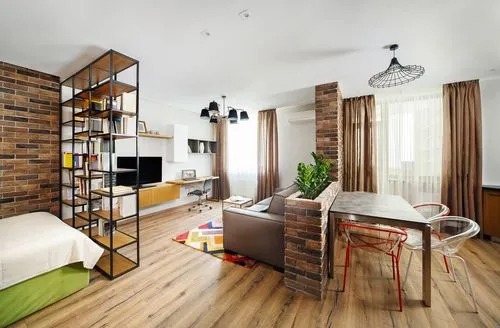 Image Source: Magic Bricks
Image Source: Magic Bricks
As India’s urban skyline grows taller and glossier, a silent tradeoff is squeezing homebuyers—lavish amenities are shrinking actual living space, thanks to soaring loading factors. Once capped at 25–30%, the average loading across India’s top cities has now surged to 40%, according to ANAROCK, meaning buyers get just 60% of what they pay for as usable carpet area.
What’s Loading Factor?
It’s the difference between the super builtup area (what you pay for) and the carpet area (what you live in). The higher the loading, the smaller your actual home.
Why It’s Rising:
Developers are packing in Olympicsized pools, rooftop lounges, gyms, and grand lobbies. These shared luxuries inflate the super builtup area—and your bill.
City Snapshot:
-
Mumbai leads with a 43% loading factor.
-
Bengaluru saw the steepest rise—from 30% in 2019 to 41% in 2025.
-
Chennai remains lowest at 36%, reflecting a preference for functional space over frills.
What It Means for You:
A ₹1 crore home with 40% loading gives you only ₹60 lakh worth of livable space. And while resale value isn’t always hit, space inefficiency narrows buyer interest.
No Legal Cap:
Despite RERA mandating carpet area disclosure, no law limits loading, leaving buyers in the dark unless they ask the right questions.
Before you fall for the clubhouse charm, measure what you’re really getting behind the glossy brochure.
Sources: Economic Times, Square Yards, Hindustan Times
Advertisement
Advertisement




